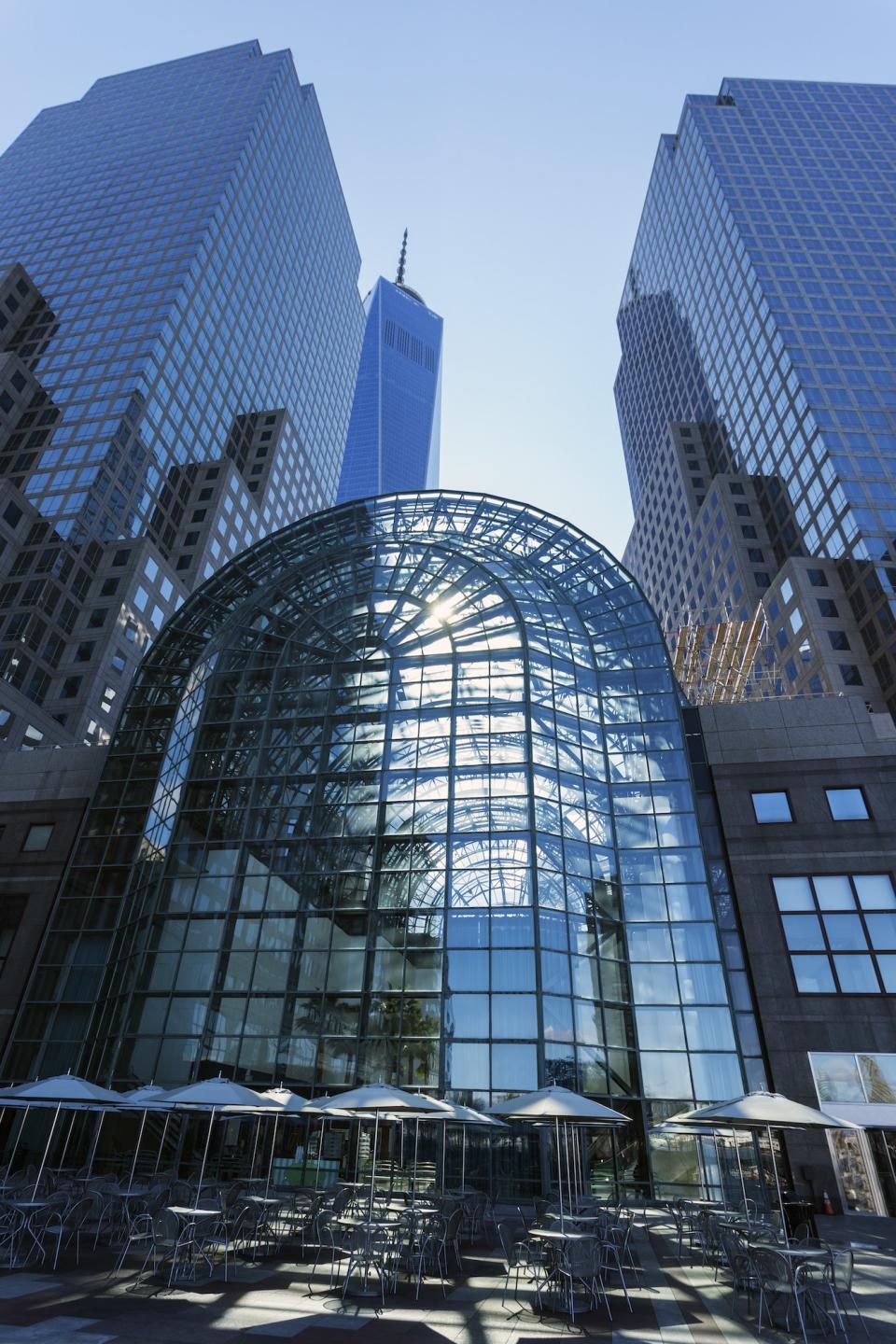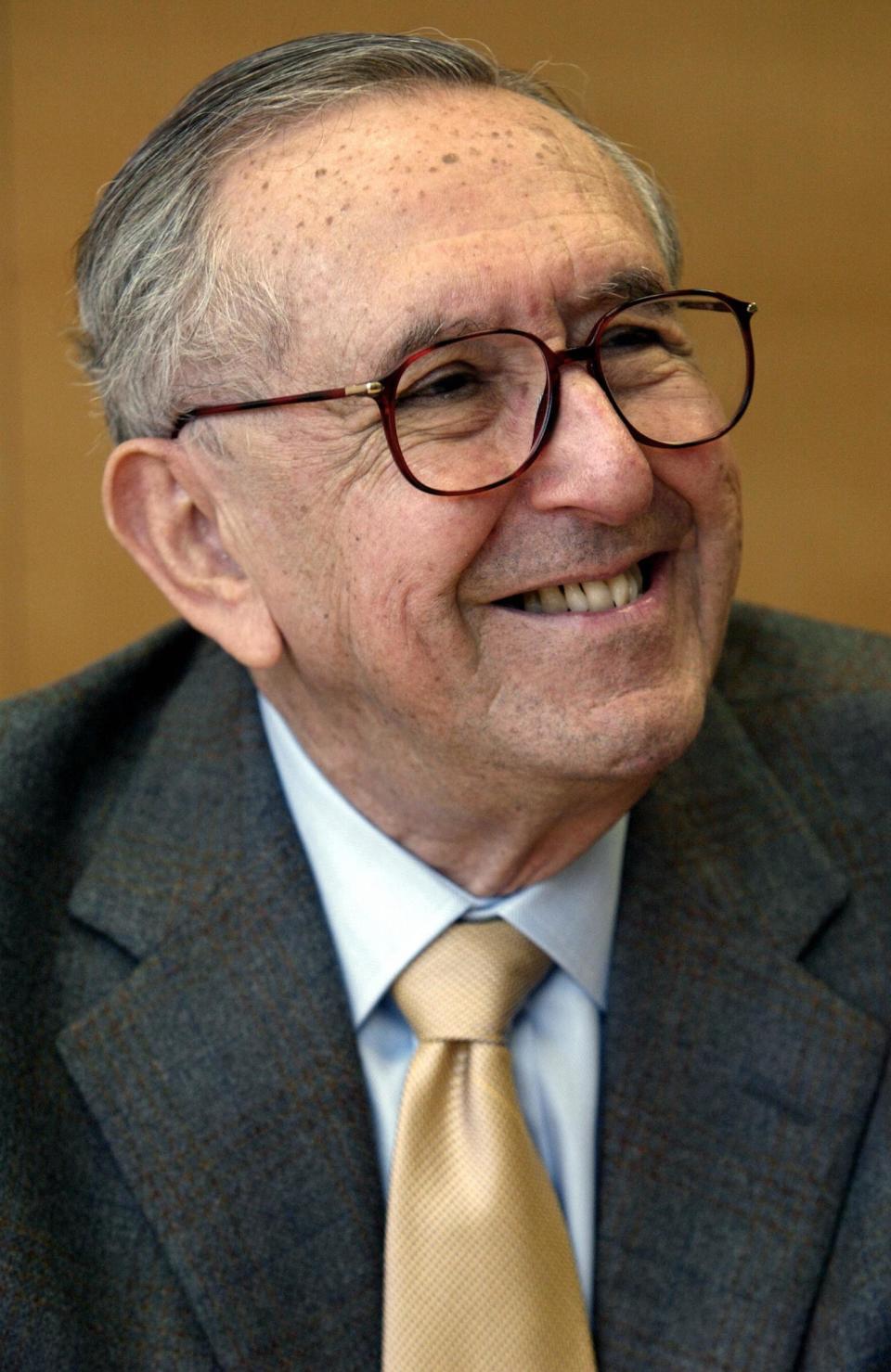César Pelli, Celebrated Architect of Iconic Buildings, Dies at 92
César Pelli, an architect perhaps best known for his design of the Petronas Twin Towers in Malaysia, died on Friday at his home in New Haven, Connecticut at the age of 92. The list of his work seem to be as never-ending and distinct as a skyscraper: the Salesforce Tower in San Francisco, the World Financial Center in New York (now Brookfield Place), the Pacific Design Center in Los Angeles, the International Finance Center in Hong Kong, and a terminal at Washington’s Reagan National Airport, to name a few.
Yet it wasn't the breadth, but more the quality of his work that demanded our attention. A quality of design that earned Pelli distinction from his peers in the form of hundreds of awards, including the American Institute of Architects’ 1995 Gold Medal, the Aga Khan Award in Architecture for the Petronas Towers in 2004, the Cemex's Life and Work Award in 2006, and in 2012, the Konex de Brillante Award, a distinction for being the most relevant figure in the visual arts of Argentina. Perhaps most significant to Pelli was when, in 1977, he was selected as the dean of Yale’s school of architecture. It was a move that meant Pelli would always keep a residence in New Haven, Connecticut, through to his final days.

Kuala lumpur
Pelli's rise in architecture is about as improbable as it is impressive. Born in 1926, in San Miguel de Tucumán—a small city in northern Argentina that's closer to Paraguay than it is to cosmopolitan Buenos Aires—his parents struggled financially due to the Depression of the era. After completing his studies at a local university, Pelli moved to the United States in 1952. It was at the University of Illinois that he arrived and took his first big steps toward a career in architecture that would eventually see his vision manifest itself in iconic buildings across the globe.

Modern Skyscrapers
From the University of Illinois, Pelli went to work for the great modernist Eero Saarinen. While it might not have been apparent in the moment, the relationship between the two eventually became the passing of a baton from one great architectural mind to another. From Saarinen, Pelli bounced around, working for various architectural firms across the United States. Which was all to say, that Pelli hadn't made the great leap in starting his own practice. That was, until, at the age of 50, Pelli launched his own firm, a fact that meant his biggest architectural feats came in the second half of his life.

Argentinian architect Cesar Pelli smiles
While the name of his firm changes on several occasions (from Cesar Pelli & Associates Architects to Pelli Clarke Pelli Architects) the ethos of his practice remained constant: designing buildings that significantly added to the cultural currency of their environment. He did this through innovating the use of glass in his designs by using its mirrored quality to captured the changing mood of the sky and scenes around it. "Glass is fragile as the wings of a butterfly," he once said in an interview with the Los Angeles Times in 1990. "It’s alternatively opaque and transparent, ephemeral and light-sensitive, reflecting the changes of the sky color and tone."

High angle view of San Francisco Skyline at dusk
"Most architects know that there are some buildings that speak, but very few buildings sing and many more are mute. We know that we appreciate buildings that sing, that's why we spend money to visit cities like Paris or Venice," Pelli once said at a talk at the National Building Museum in 2012. "It's because those cities are full of architectural music. And those qualities can only be gained overtime, building by building. So, ultimately, each building that we design may contribute, or contract to the total quality of the city." For those of us who have had the pleasure of walking past, or into a César Pelli-designed building, we've experience the indelible symphony that his designs have, and will continue to produce.
Originally Appeared on Architectural Digest

